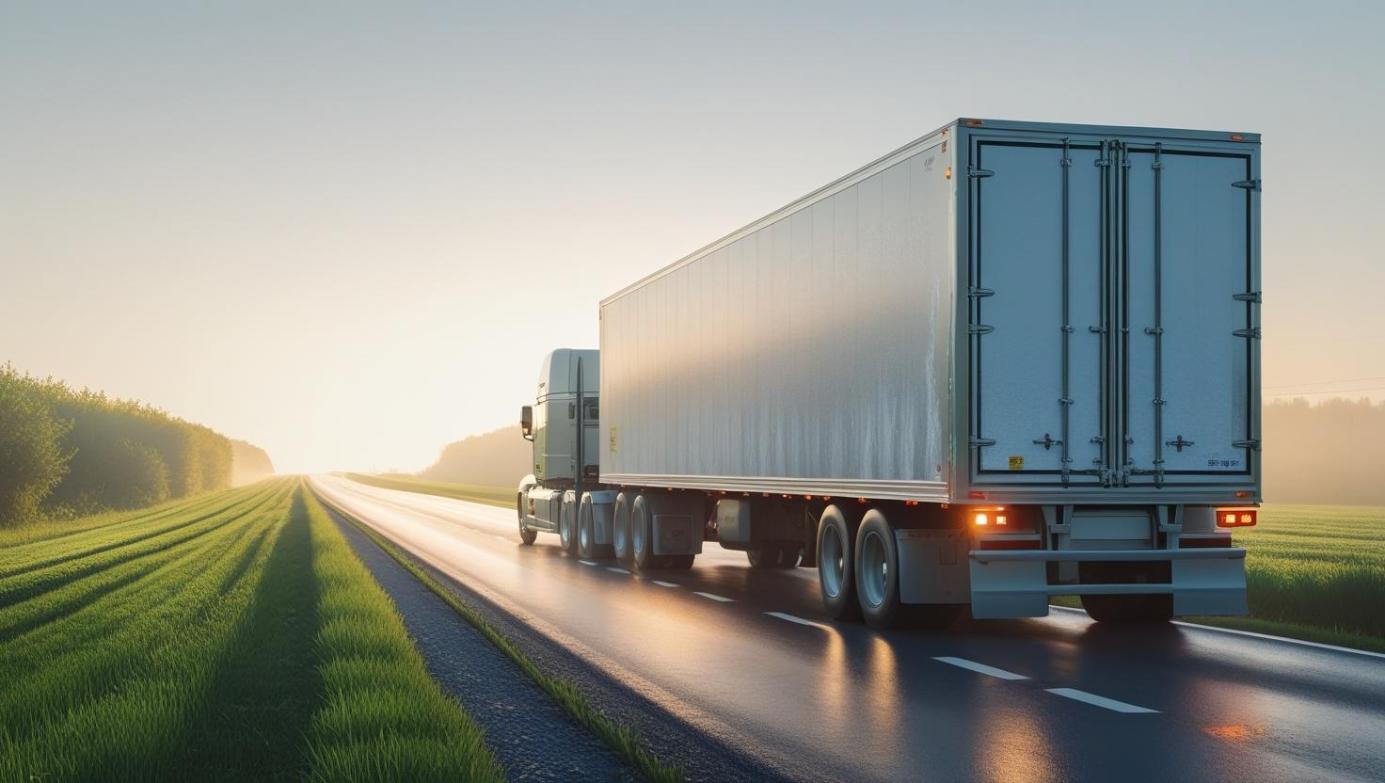
Transporting delicate freight is rarely straightforward, yet temperature-controlled trucking makes it routine by design. Cold-chain logistics rests on the reliability of the trailers and drivers that carry the cargo. Dairies, fisheries, distilleries, and research labs all count on that reliability for their reputations—and their bottom lines.
Five practical advantages show why the best trucking companies turn first to the most accomplished carriers in the business.
1. Precision Temperature Control Keeps Goods Viable
Premium reefers now come with digital temp probes that report readings every few seconds. Carriers watch the data from their desks, but the sensors can also trigger automatic adjustments. Salmon may need -20°C, while fresh retail orange juice sits comfortably at +4°C, so matching the number is never optional.
A last-minute spike or drop rarely becomes a crisis because well-run trucks course-correct even before dispatchers notice.
2. Real-Time Visibility through Advanced Telematics
Market-leading carriers now outfit their trailers with multi-sensor telematics, allowing shippers to see not just location but also temperature, humidity, and cargo-door status in one dashboard. The streaming data, once the province of experimental projects, has matured into a standard offering for customers who cannot afford a shipment to wander untended.
Immediate notifications of any deviation provide food-and-beverage firms with valuable extra minutes to reroute, replan, or simply relax.
3. Trained Drivers Internalize Cold-Chain Discipline
The drivers hired by top-shelf fleets spend more time memorizing cold-chain subtleties than learning highway regulations, a point some shipping managers grumble about as unnecessary yet respect in practice.
Knowing that even thirty seconds with the door ajar can warm delicate cargo, they pre-cool trailers, load by route sequence, and work the reefer controls from muscle memory. Such diligence translates directly to lower product write-offs and less paperwork to argue about later.
ALSO READ: 8 Best Foods to Eat Before Skydiving (and 3 to Avoid at All Costs!)
4. Reliable Equipment Minimizes Downtime Real-Time Spoilage Risk
No advanced procedure can compensate for a broken reefer unit running on borrowed time. Elite operations rotate equipment every five years, stick religiously to OEM service intervals, and keep spare compressors idling in the yard just in case. When a bridge suddenly closes or an engine light blinks, that reserve kit and redundant power supply keep strawberries red and milk sweet long after lesser fleets are stranded.
5. Sustainability Without Compromising Safety
Logistics managers are now finding that performance and environmental responsibility can share the same dashboard. Diesel-electric reefers, paired with cleaner-burning biofuels, are quietly shrinking the cold chain’s carbon shadow. For beverage firms pressed by ESG deadlines, partnering with these forward-looking carriers feels both prudent and principled.
Conclusion: Cold Chain Success Rides on the Best Wheels
Transporting temperature-sensitive freight will always hinge on timing, thermometry, and something less quantifiable—trust. The top-tier carriers arrive with both product and confidence, leaving every bottle, carton, and pouch in spotless condition. Selecting the right truck company for any food-and-drink brand transcends basic logistics and enters the realm of strategic survival.

